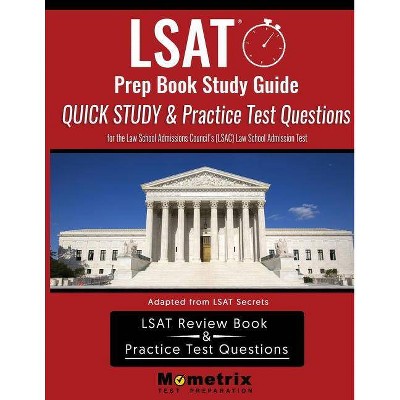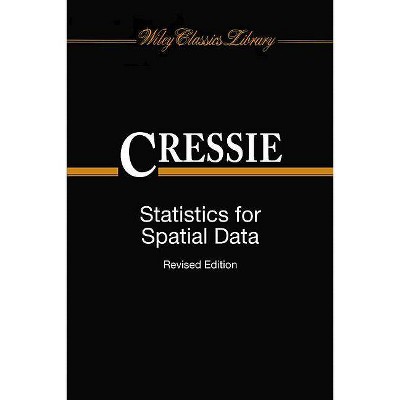Office Hours with a Geometric Group Theorist - by Matt Clay & Dan Margalit (Paperback)

Similar Products
Products of same category from the store
AllProduct info
<p/><br></br><p><b> About the Book </b></p></br></br>"Geometric group theory is the study of the interplay between groups and the spaces they act on, and has its roots in the works of Henri Poincarae, Felix Klein, J.H.C. Whitehead, and Max Dehn. [This book] brings together leading experts who provide one-on-one instruction on key topics in this exciting and relatively new field of mathematics .... An essential primer for undergraduates making the leap to graduate work, the book begins with free groups -- actions of free groups on trees, algorithmic questions about free groups, the ping-pong lemma, and automorphisms of free groups. It goes on to cover several large-scale geometric invariants of groups, including quasi-isometry groups, Dehn functions, Gromov hyperbolicity, and asymptotic dimension. It also delves into important examples of groups, such as Coxeter groups, Thompson's groups, right-angled Artin groups, lamplighter groups, mapping class groups, and braid groups. The tone is conversational throughout, and the instruction is driven by examples. Accessible to students who have taken a first course in abstract algebra, [the book] also features numerous exercises and in-depth projects designed to engage readers and provide jumping-off points for research projects"--<p/><br></br><p><b> Book Synopsis </b></p></br></br><p>Geometric group theory is the study of the interplay between groups and the spaces they act on, and has its roots in the works of Henri Poincaré, Felix Klein, J.H.C. Whitehead, and Max Dehn. <i>Office Hours with a Geometric Group Theorist</i> brings together leading experts who provide one-on-one instruction on key topics in this exciting and relatively new field of mathematics. It's like having office hours with your most trusted math professors. <p/>An essential primer for undergraduates making the leap to graduate work, the book begins with free groups--actions of free groups on trees, algorithmic questions about free groups, the ping-pong lemma, and automorphisms of free groups. It goes on to cover several large-scale geometric invariants of groups, including quasi-isometry groups, Dehn functions, Gromov hyperbolicity, and asymptotic dimension. It also delves into important examples of groups, such as Coxeter groups, Thompson's groups, right-angled Artin groups, lamplighter groups, mapping class groups, and braid groups. The tone is conversational throughout, and the instruction is driven by examples. <p/>Accessible to students who have taken a first course in abstract algebra, <i>Office Hours with a Geometric Group Theorist</i> also features numerous exercises and in-depth projects designed to engage readers and provide jumping-off points for research projects.</p><p/><br></br><p><b> From the Back Cover </b></p></br></br><p>"This book is a gentle introduction to the basics, and some of the gems, of geometric group theory. It gives a good flavor for many aspects of the field, the writing is clear and interesting, and there is an emphasis on examples. This is a great place to send students, both undergraduate and graduate, for a first look at geometric group theory."<b>--Benson Farb, University of Chicago</b></p><p>"Original and encyclopedic."<b>--Daniel Groves, University of Illinois, Chicago</b></p><p>"<i>Office Hours with a Geometric Group Theorist</i> takes students on a journey from a standard mathematical education into the realm of active and lively research, encouraging them to jump right into the thick of the subject by teaching them the basics in a no-nonsense, efficient, and pleasant way. Students will enjoy the ride."<b>--Nicolas Monod, Swiss Federal Institute of Technology in Lausanne</b></p><p>"<i>Office Hours with a Geometric Group Theorist</i> is a fun and enticing introduction to a growing field of mathematics. It provides a valuable and much-needed resource for undergraduates, graduate students, and faculty."<b>--Ruth Charney, Brandeis University</b></p><p/><br></br><p><b> Review Quotes </b></p></br></br><br>In a book with this many authors, it might be expected that their individual contributions would vary significantly in terms of accessibility and readability, but in fact this turned out (presumably as a result of careful editing) not to be the case: the office hours are of uniformly high quality in both of these regards. Their informal, conversational tone should appeal to students (and also to non-specialist faculty who want to learn something about these topics).<b>---Mark Hunacek, <i>Mathematical Gazette</i></b><br><br>One of Choice Reviews' Outstanding Academic Titles of 2018<br><p/><br></br><p><b> About the Author </b></p></br></br><b>Matt Clay</b> is associate professor of mathematics at the University of Arkansas. <b>Dan Margalit</b> is professor of mathematics at the Georgia Institute of Technology. He is the coauthor of <i>A Primer on Mapping Class Groups</i> (Princeton).
Price History
Price Archive shows prices from various stores, lets you see history and find the cheapest. There is no actual sale on the website. For all support, inquiry and suggestion messages communication@pricearchive.us




















